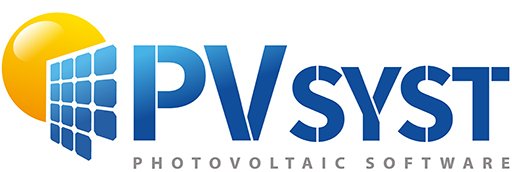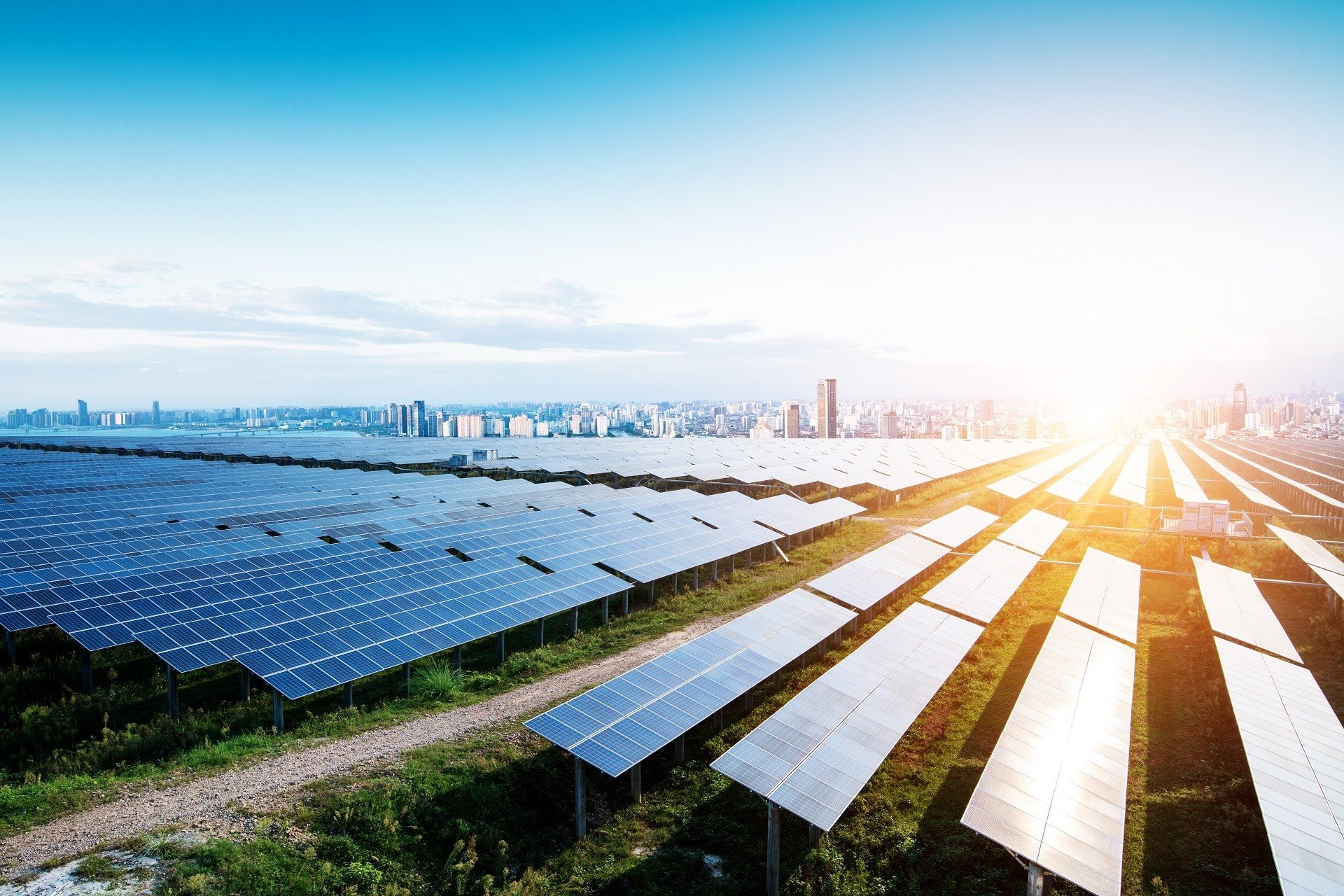-
Posts
274 -
Joined
-
Last visited
Everything posted by Lazare Fesnien
-
Hi, These results are annual, to understand where the missing energy comes from you can look at the diagram of the losses month by month in order to control these values. Regards,
-
Hi, Remember that the Active Power [kW] = Apparent power [kVA] * cos(Phi). The real power (i.e. corresponding to a useable energy) is indeed the active power. This is what is produced by the PV array and transformed by the inverter into output power. The apparent Power is the quadratic sum of the active power and the reactive power. But the reactive power IS NOT A POWER. You cannot produce movement or heat with it. If the limit is specified as Active power, the actual limit is completely independent on the Power factor.
-

error if I reduce the power of my inverter with the .OND
Lazare Fesnien replied to Cyriaque Lefèvre's topic in How-to
Hi, With an error in red, you cannot continue in the simulation. To resolve this error, you can uncheck the "efficiency defined for 3 voltages" box and click on the "efficiency curve" page to check if a EURO and MAX efficiency value is well defined. -
Hi, In case of doubts, you should use the default values of PVsyst: Rshunt and Rserie in order to get a low-light relative efficiency of -3%. You can play with these parameters. Please carefully read the Help " Physical models used > PV Module - Standard one-diode-model > Rseries and Rshunt determination procedure".
-
Hi, This can be for several reasons : Total Self consumption (therefore grid injection equal to zero) Excessive overload etc... If necessary you can send us your complete project in ZIP format to support@pvsyst.com
-

Minimum parameters for energy injection to the grid
Lazare Fesnien replied to cristina.calama's topic in Simulations
Hi, You can limit the power injected into the grid by indicating a limit from the "energy management" tab then "Grid power limitation". If this doesn't suit you, you can restrict the AC output power of your inverter by modifying the "Pnom" and "Pmax" values from the OND file. The production begins as soon as the MPP power is over the power threshold Pthresh of the inverter. The MPP power below this threshold is accounted as IL_Pmin loss. It is usually less that 0.1% over the year. PVsyst doesn't manage a Voltage threshold, as the Array voltage is not very dependent on the irradiance. Even with a very low irradiance, the array MPP voltage becomes significant. The Pthresh power may be understood as the power required for the Inverter internal circuits consumption. Some manufacturers claim for a very low threshold. We can observe that 0.5% of PNom would correspond to an irradiance of 5 W/m² (with respect to 1000 W/m²). Please remember that by very covered weather we have already 30 to 50 W/m² ! Please read our FAQ :https://www.pvsyst.com/help/inverter_inputmodel.htm?zoom_highlight=power+threshold -

how to set the string configuration in this case
Lazare Fesnien replied to garf's topic in Simulations
Hi, You have an inverter with 10 MPPTs and in your case you tell PVsyst that you are using 11 of them. PVsyst doesn't yet allow you to wire two different characteristic subarrays to the same MPPT input. -
Hi, You can easily create hourly files with a large number of variables from "Advanced Simulation" then "Output File" Regards,
-
Hi, Our languages of exchange are English and French. In order to answer you correctly, please send us your question in English or French. Regards
-
Hi, In PVsyst there is no specific parameter for simulating floating PV installations. You might consider using a modified ambient temperature to account for the fact, that close to the water surface the temperature is generally lower during the day. So far I have not seen systematic studies on this, and there is no published model to account for this effect, so the best you can do, is to perform a direct measurement yourself. In PVsyst the relative humidity is only used to estimate precipitable water, in order to perform a spectral correction. This should be the humidity in the atmosphere above the PV installation and not the local humidity close to the PV modules. Therefore it should not change whether you have a floating system or a ground-mounted one. The albedo of water is generally lower than the one of land, so you might adapt this in the project parameters. PVsyst has no model to simulate the waving effects of water.
-
Dear Fahad, It is possible to run several simulations at a time with varying parameters, and gather the results on a spreadsheet for easy parametric studies. Please read our FAQ : https://www.pvsyst.com/help/batch_mode.htm?zoom_highlightsub=batch+mode Tutorial video on our youtube channel :
-

How to set the active power setpoint in the PVsyst?
Lazare Fesnien replied to yajmarc's topic in Simulations
Dear YajMarc, In PVsyst, the Power factor may be specified by pressing the "Energy management" button, either as Cos(phi) or as Tan(phi). It may also be specified in monthly values. This will act on the inverter Pnom limitation if specified as Apparent power limit, and the apparent "energy" is mentioned on the loss diagram. Please read our FAQ : https://www.pvsyst.com/help/power_factor.htm?zoom_highlightsub=active+power -
Dear Sergio, Yes you can for that, you must click on "report options" available in the final report then click on "General options", you can change the language of the report from "Language" Regards,
-
Hi, For the DC part: there is indeed a tool for a quick evaluation of the array's resistance in rather simple cases. This may involve combiner boxes. Please see "Detailed losses > Ohmic losses > Detailed computation". But if this is a complex layout, you can also calculate the wires resistance by yourself, see the help "Project design > Array and system losses > Array ohmic wiring loss". For the AC losses after the inverters, you have to define wire lengths and sections between inverter, transformers and injection points. You can do approximations if you have more complex circuits with combiner boxes. NB: we are preparing a tool for drawing the shema of the installation, which should be available soon.
-

Different string configuration with solar inverters in stand alone
Lazare Fesnien replied to estewan's topic in How-to
Hi, With stand-alone systems, PVsyst doesn't define an inverter yet. The user's needs are handled as an energy at the output of the system (DC). If you want to include an inverter, you should do that externally (in your EXCEL for example), by taking the efficiency into account. Sorry, with stand-alone systems, only one sub-array is possible. Therefore one only orientation. This is a limitation of PVsyst, that we should improve in the next months. -

Inverter Efficiency values in the report
Lazare Fesnien replied to Ajay Deepak's topic in Suggestions
Hi, Yes it's an improvement that we have in our improvement list. Thanks for your help -

AC cable loss calculation method in the report
Lazare Fesnien replied to Ajay Deepak's topic in Suggestions
Hi, It's already the case. In the box of the PVsyst report "AC wiring losses" it's indicated whether the AC loss is in relation to the STC or the Pnom. -
Hi, No, this option isn't yet implemented in the final report of PVsyst
-
Hi, The power isn't identical (35 and 38 kW) this explains the difference Pnom/MPPT. To better help you we would need to analyze the complete project. You can send it to us at support@pvsyst.com
-

Problem with importing a .csv file at PVsyst standard format
Lazare Fesnien replied to nikoskoum's topic in Meteo data
Hi, In order to unblock you, please send us your problematic file and the crash report to support@pvsyst.com -

How can I solve this System Output Power Distribution problem?
Lazare Fesnien replied to jamesb's topic in Simulations
Hi, If the message "The inverter power is silightly undersized" is in orange, this will not block the simulatio. This just indicates that the wiring isn't optimal. Otherwise, you can increase this value from the advanced settings. When editing the plot in « Detailed results > Predef. Graphs”, you have an up/down button for adjusting the scale: In this graph, the las bin contains the whole energy delivered when in overload conditions. It my be very high. -
Hi, For the moment, hybrid inverters are not implemented in PVsyst. The battery charing and user supply parts are treated generically in the simulation.
-
Hi, The TMY PVGIS file doesnt' take the horizon into account. For this, you must use the "horizon" tab of PVsyst to take into account the far shading.
-
Hi From the "project settings" tab, you can modify the value of "limit overload loss for design" This will only be active for your current project. To fully understand the problem of the DC/AC ratio, please read the HELP below : https://www.pvsyst.com/help/inverter_array_sizing.htm?zoom_highlightsub=inverter+array+sizing
-
Hi, PVsyst performs the simulation taking into account that the battery is full on the first day. Two parameters can be configured : Initial State of Wear (nb. of cycles) Initial State of Wear (Static) You can export variables as a time file from the "output file" window (advanced simulation"



